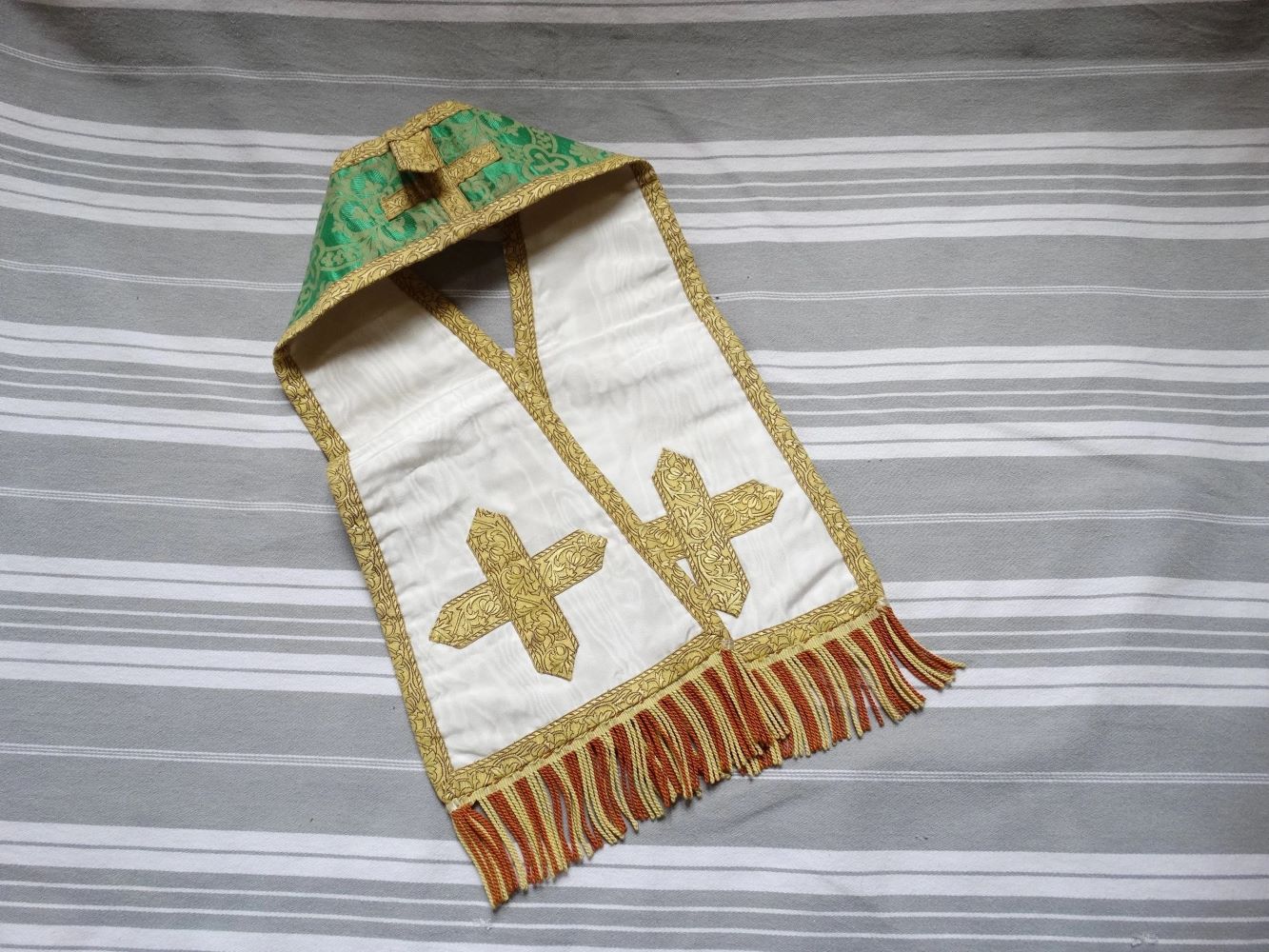
Maniple is a term that might sound unfamiliar, but it holds a rich history. Originally, it referred to a unit of the Roman army, consisting of 120 soldiers. This formation was crucial for the Romans, providing flexibility and strength in battles. But did you know that maniple also has a place in religious traditions? In the Catholic Church, a maniple is a liturgical vestment worn by priests during Mass. This small strip of cloth, draped over the left arm, symbolizes the burdens and joys of priestly service. Whether in ancient warfare or sacred rituals, the maniple has left its mark on history. Ready to learn more? Let's dive into 20 fascinating facts about this intriguing term!
What is a Maniple?
A maniple was a unit of the Roman army, crucial during the Republic era. It played a significant role in Rome's military success. Here are some fascinating facts about this ancient military formation.
Origin of the Maniple
Understanding the roots of the maniple helps appreciate its importance.
- The maniple system originated around the 4th century BCE.
- It replaced the older phalanx formation, which was less flexible.
- The term "maniple" comes from the Latin word "manipulus," meaning a handful or a small bundle.
- Each maniple consisted of 120 soldiers, divided into two centuries of 60 men each.
Structure and Organization
The maniple's structure was key to its effectiveness in battle.
- A maniple was led by a centurion, a seasoned veteran.
- Soldiers in a maniple were typically armed with a gladius (short sword) and a pilum (javelin).
- The maniples were arranged in three lines: hastati, principes, and triarii.
- Hastati were the youngest and least experienced soldiers, forming the first line of defense.
Tactical Advantages
The maniple system offered several tactical benefits over previous formations.
- The flexible structure allowed for better maneuverability on the battlefield.
- Manipular formations could adapt to different terrains, unlike the rigid phalanx.
- Soldiers could rotate in and out of combat, reducing fatigue.
- The checkerboard pattern of maniples provided gaps for retreat and reinforcement.
Role in Roman Military Campaigns
The maniple was instrumental in many of Rome's military victories.
- It played a crucial role in the Punic Wars against Carthage.
- The Battle of Cannae in 216 BCE showcased the effectiveness of the maniple system.
- Roman legions using maniples defeated the Macedonian phalanx at the Battle of Pydna in 168 BCE.
- The maniple system contributed to Rome's expansion across the Mediterranean.
Decline and Replacement
Despite its success, the maniple system eventually became obsolete.
- By the late 2nd century BCE, the maniple was replaced by the cohort system.
- The Marian reforms, introduced by Gaius Marius, reorganized the Roman army into larger, more versatile units.
- The cohort system allowed for greater cohesion and simplified command structures.
- Although replaced, the maniple's legacy influenced later military tactics and formations.
The maniple was a pivotal element in Rome's military history, showcasing the ingenuity and adaptability of Roman warfare.
Final Thoughts on Maniple
Maniple, a fascinating piece of liturgical attire, has a rich history and deep symbolism. Originating in the early Christian church, it evolved from a practical handkerchief to a significant part of the priest's vestments. Worn on the left arm, it symbolizes the burdens and joys of the priestly ministry. Though its use has declined since the Second Vatican Council, it remains a powerful reminder of the church's traditions. Understanding the maniple's history and symbolism offers a glimpse into the evolving practices of the Catholic Church. Whether you're a history buff or just curious about religious artifacts, the maniple is a testament to the rich tapestry of Christian liturgical traditions. Keep exploring, and you'll uncover even more intriguing facts about the church's history and its sacred garments.
Was this page helpful?
Our commitment to delivering trustworthy and engaging content is at the heart of what we do. Each fact on our site is contributed by real users like you, bringing a wealth of diverse insights and information. To ensure the highest standards of accuracy and reliability, our dedicated editors meticulously review each submission. This process guarantees that the facts we share are not only fascinating but also credible. Trust in our commitment to quality and authenticity as you explore and learn with us.


